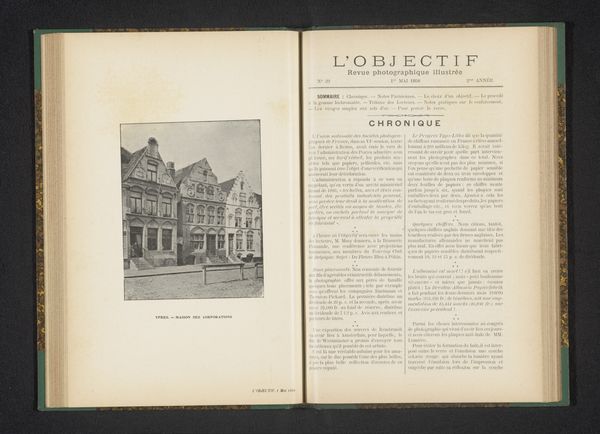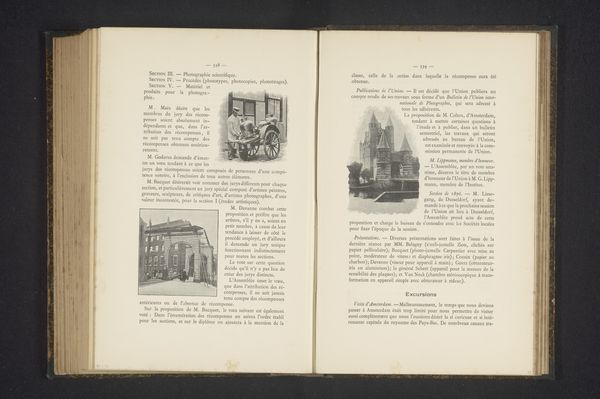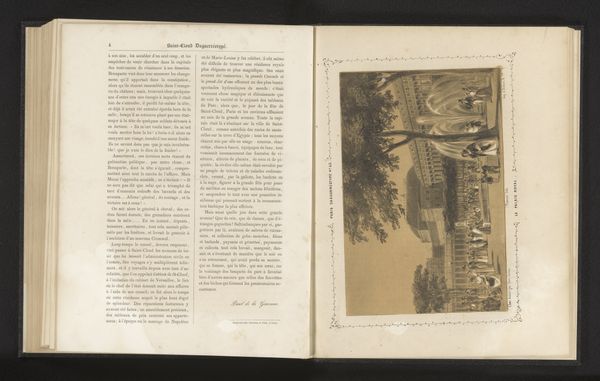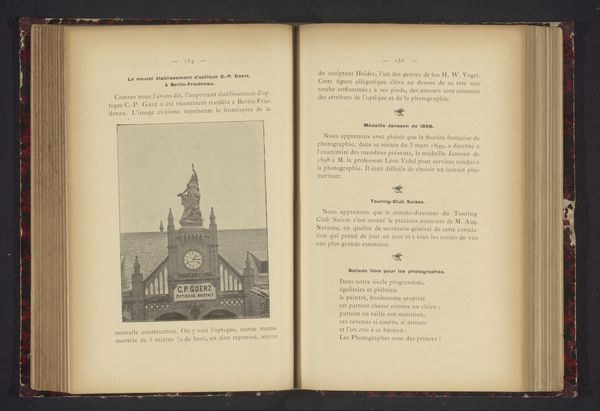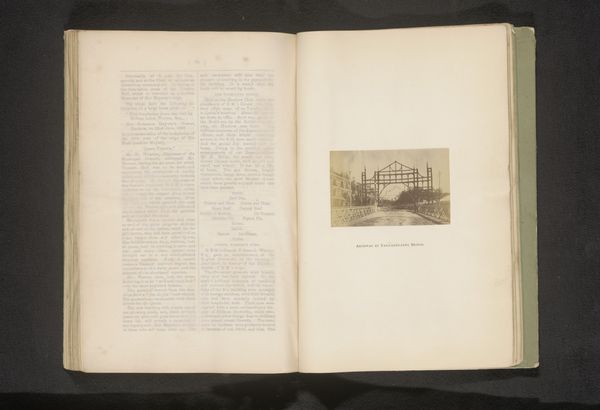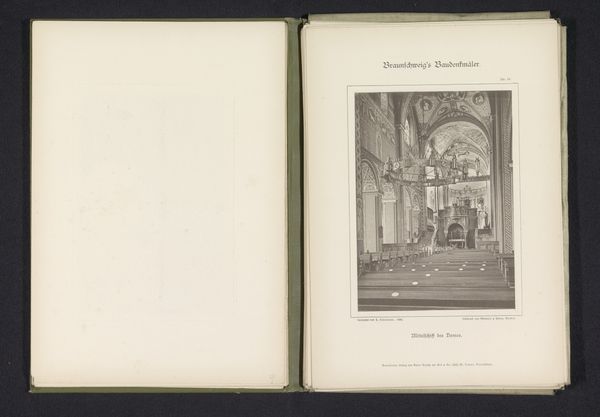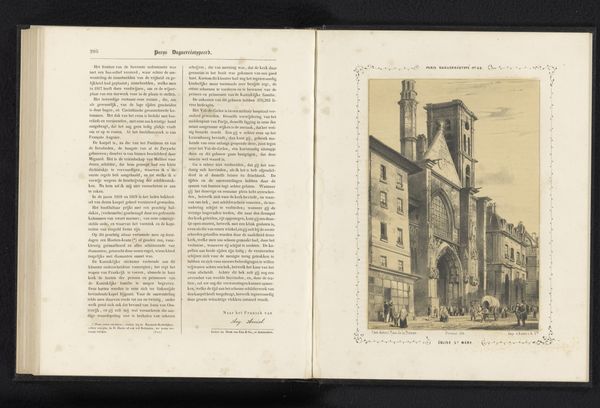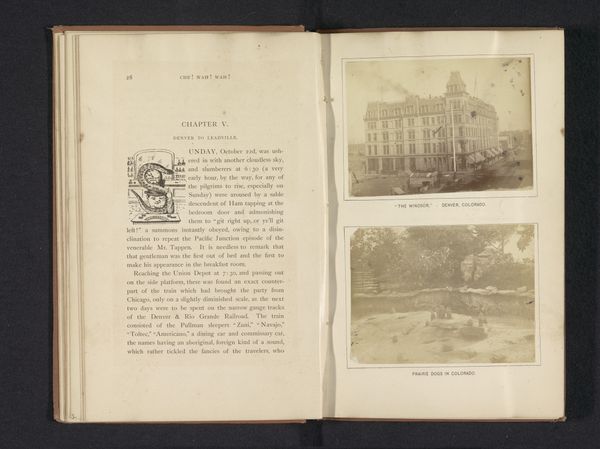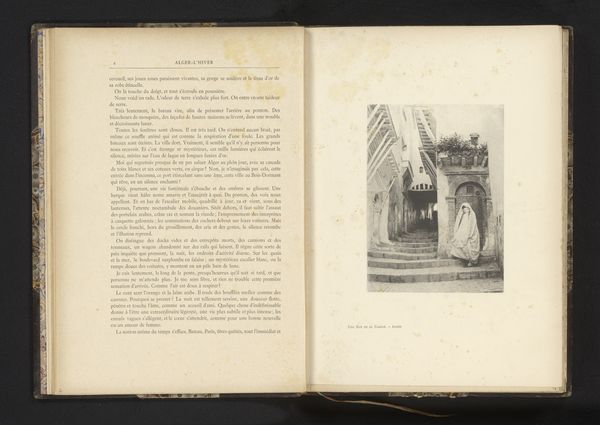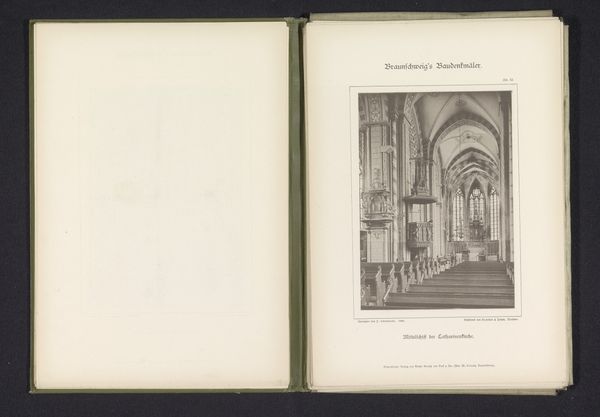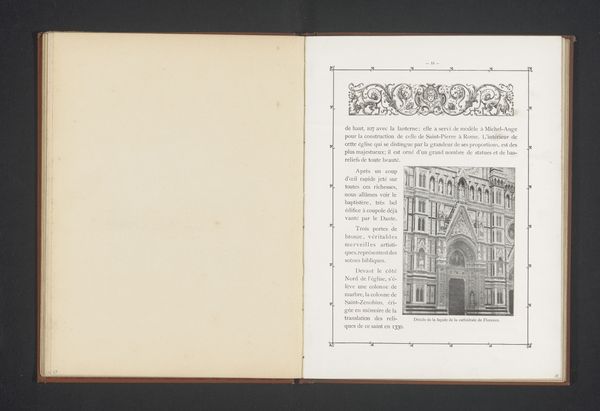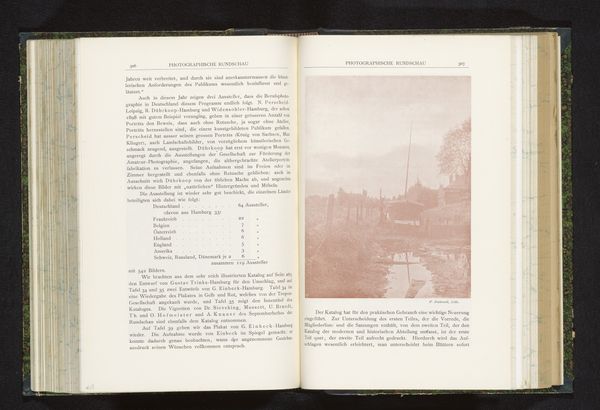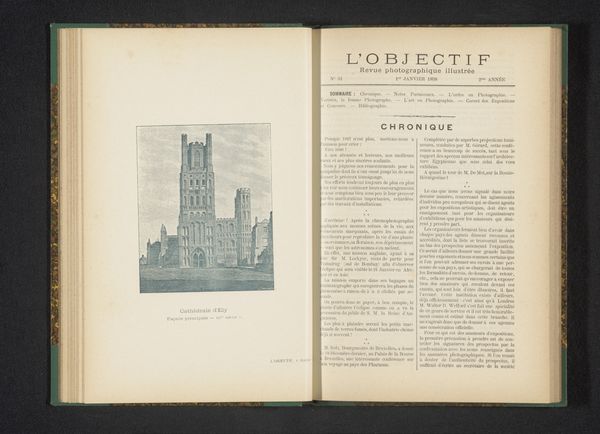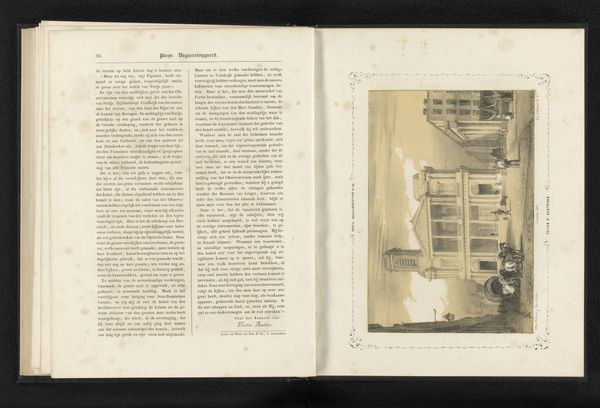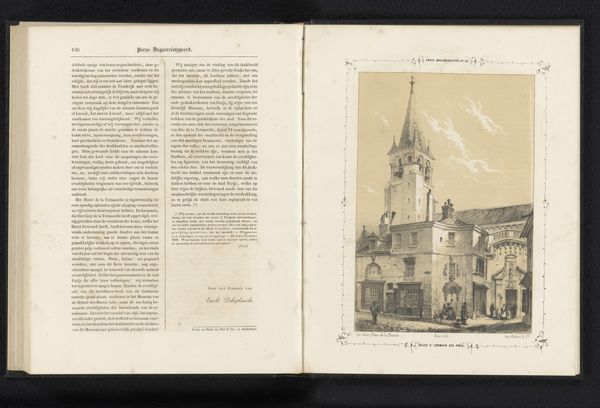
print, photography
# print
#
landscape
#
photography
#
cityscape
#
building
#
publication design
Dimensions: height 75 mm, width 108 mm
Copyright: Rijks Museum: Open Domain
This photograph by Jean Malvaux captures the Nieuwerck in Ypres, with its long rhythmic arches reminiscent of a stoa, a covered walkway that provided shelter and promoted dialogue. The stoa, or portico, has a rich history; think of the Stoa Poikile in ancient Athens, adorned with paintings, a public space alive with philosophical debate. The arches themselves, repeated across time, evoke a sense of protection and passage. We can trace the use of arches back to Roman architecture, where they symbolized power and stability. But even earlier, the arch appears in Mesopotamian city gates. The repetition of the arch is not just a structural element, it resonates with the memory of civic life and communal experience. Consider the psychological effect: the shadows cast by the arches create a play of light and dark, inviting introspection and a sense of walking between worlds. This isn't just a building; it's a stage for human interaction, framed by the enduring symbol of the arch, which echoes through our collective memory.
Comments
No comments
Be the first to comment and join the conversation on the ultimate creative platform.
